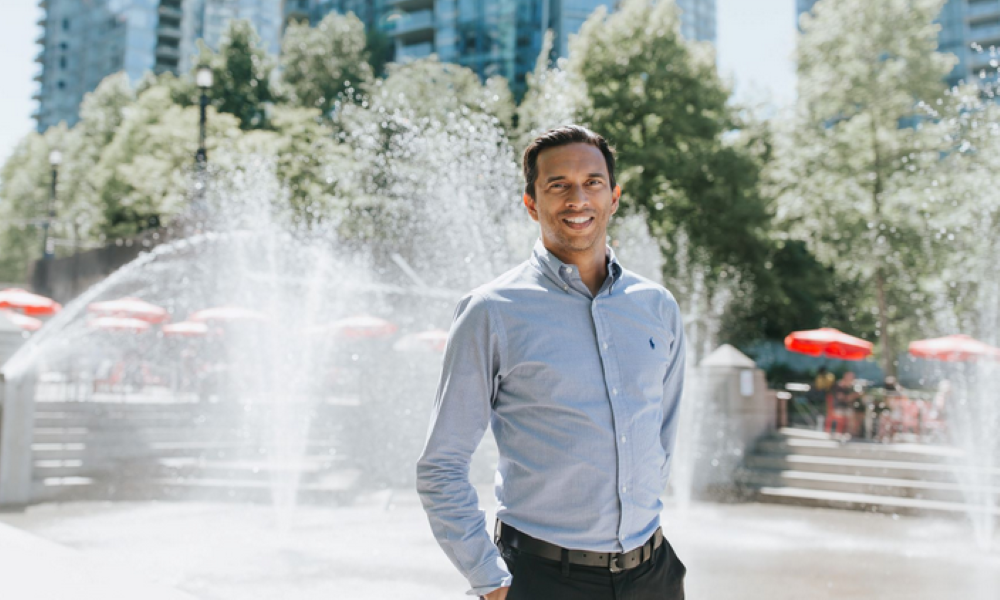BC-based advisor on the power of social media to inform and influence clients

Amid ongoing concerns about the economy and markets, consumers and investors are looking for ways to manage their money better – and that’s been a great opportunity for financial influencers on social media.
According to recent research from Emplifi, a U.S.-based customer experience platform provider, finance influencers published more than five times as many videos on YouTube as other types of influencers did from January to August of this year. Finance influencers on Instagram were similarly more active, publishing more than twice the number of posts other influencer types did over the same period.
“I think that influencers from every industry are definitely seeing the power of social media and the distribution that you can get from posting on websites like YouTube and Instagram,” says Laurent Munier, PFA and financial advisor at Safe Pacific Financial in British Columbia. “You've got the power of video, photos, and text in your phone … You don’t have the gatekeepers that you used to have in the past.”
With concerns about inflation, rising interest rates, and potential recession hanging thick in the air, Munier says financial influencers on social media – so-called “finfluencers” – have a captive audience for content that spans the entire spectrum of personal finance. Clients may click on media about minimizing taxes, crypto trading, real estate investment, and getting into the stock market, among many other topics, and algorithms on social media channels will serve up more information based on what they engage with.
According to Emplifi, finance influencers on YouTube gained nearly double the number of subscribers that other types of influencers did for this year up to August. Instagram finfluencers gained more followers than all other influencers.
“Clients are watching and reading content everywhere online – on Instagram, TikTok, YouTube, LinkedIn, you name it – and it comes up in our conversations,” Munier says. “They ask us if they can do things they’ve seen on the internet, or how much it costs, or how it can be done. And it’s up to us as financial advisors to tell them if it’s correct, whether it’s possible for them, what the risks are, and whether it makes sense in their financial plan.”
At Safe Pacific, social media has been a priority from the beginning. Aside from having a good website, Munier and his partner(s) realized the importance of planting their stakes in different corners of the online world. While they don’t jump on every trend, they see the digital world as a new wave that’s here to stay, so they strategically build a presence in new social channels as they come up.
Through their different online properties, Munier says the goal is consistently to demonstrate thought leadership, as well as signal their credibility and expertise. Aside from engaging clients where they are, they also see social media as a way to generate leads and build their book of business.
“We put out good, honest, compliant advice for our target market,” he says. “We tell people the risks, the pros, the cons, and we tell them who this is good for who this is not good for.”
Influencers don’t necessarily uphold the same standards. Over the past two years, numerous finfluencers in the U.S. have been paid thousands to promote particular cryptocurrencies or exchanges, only for those exchanges to later collapse. In some cases, regulators found that influencers plugged fraudulent enterprises, while others filed to disclose their endorsements were part of a paid sponsorship, potentially leading their followers to make risky investments without knowing there was a conflict of interest.
“There are scams on the internet. There are scams in the real world,” Munier says. “Regulators, legitimate companies and advisors do what they can to give out good and accurate financial information. Consumers should be smart about which finfluencers they are following and don’t just blindly follow everything you see on the internet.”
To protect themselves, Munier encourages consumers to look for trusted reputable people giving out information online. He also recommends checking if the person is licensed in their state or province.
With thousands upon thousands of finfluencers on the internet today, Munier recognizes that many offer useful education and information. Part of that, he says, comes down to the format they choose; long-form media like podcasts, blog posts, or YouTube videos provide more room for research and in-depth explanation than snackable TikTok videos, Instagram Reels, or Facebook Stories that clock in at under a minute.
“I think there's definitely a place for influencers in the financial literacy landscape,” he says. “I think any advisor who says there isn't should probably work on their own digital strategy.”



